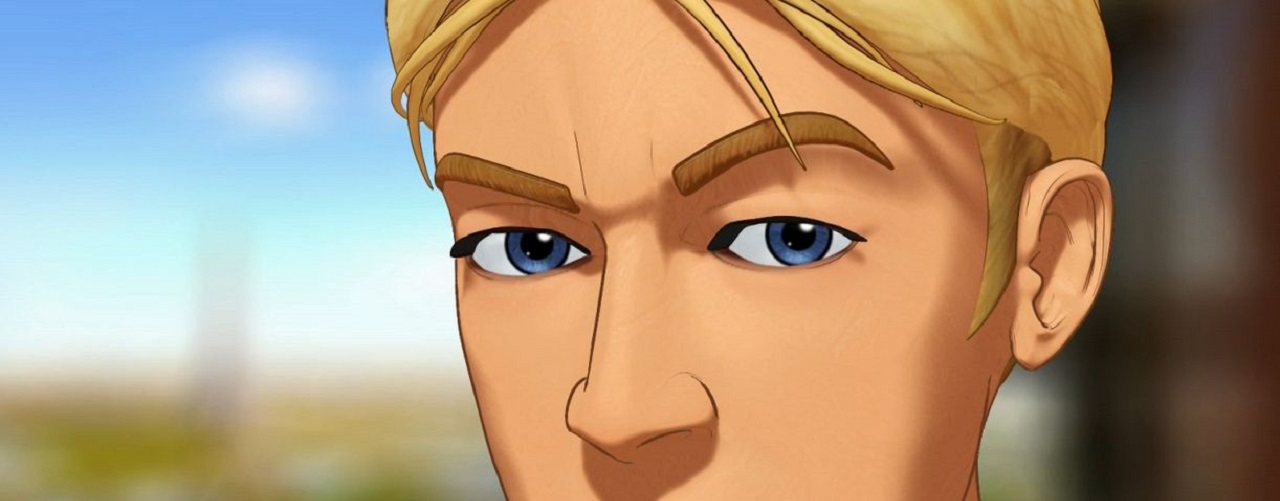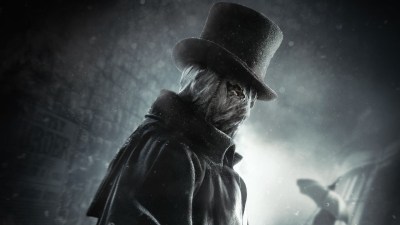After close to 5 months of waiting, the second (and final) part of Broken Sword 5 is now available.
In our review of the first episode, we expressed how slipping back into the shoes of George Stobbart and Nicole Collard felt like putting on a comfy pair of slippers, though we were left with concerns about the relative lack of challenge present.
This second episode addresses concerns about the game’s difficulty, but sometimes veers too far in doing so. Thankfully, the final result remains an enjoyable slice of pointing and clicking - though one that’s certainly not without a few caveats.
Picking up where the first episode left off, the final half of the game has you traveling slightly farther afield than the limited environs of the previous episode. From a dilapidated Spanish villa to a mountainside chapel, Episode 2 feels more faithful to the globe-trotting roots of the series; it’s a pleasant surprise, considering that the first episode restricted you to a mere handful of re-used locations throughout its length.
Also pleasing is that this second half is far more substantial than its predecessor; while the first episode took us about 6 hours to get through (without hints), Episode 2 took us closer to 8 or 9. The result is that the final, complete adventure should clock in at around 13-15 hours for the average player, representing decent value for money - though it’s worth noting that the PC version of the game, while identical, is substantially more expensive than its counterpart on iOS.
It’s also worth noting that while the second installment of the game is much longer than the first, much of this time will be spent scratching your head at the game’s puzzles. While Episode 1 presented a gentle learning curve that sometimes felt too simple, Revolution has really upped the difficulty for the concluding chapter.
Unfortunately, this increase in difficulty creates its own problems. In increasing the challenge, Revolution has gone a little bit too far; some of the puzzle solutions skirt dangerously close to becoming obtuse. One extended sequence has you wrestling with a scaffold housing various different containers which need to be manipulated in a very particular way, while the sequence immediately preceding the game’s climax requires leaps of deduction not seen since the original Discworld games. Whereas in the first half of the game the existence of an in-game hint system felt unnecessary, here the temptation to peek at the answer is all too tempting.
That said, you’ll be thankful for the hint system; it may have felt unnecessary in the first Episode, but here it ensures that no matter how stuck you get - and you will get stuck - you’re able to make progress without resorting to googling the solution.
These tricky sections are rather oddly juxtaposed with instances where the game regresses to the lack of challenge in the first episode. The result is a game that - when played as a whole rather than in two halves - feels a bit skittish in terms of its difficulty curve. The Serpent’s Curse sees Revolution aiming to appeal to a new audience while attempting to appease historical fans of the series; at times, this lack of focus results in a game which still feels like Broken Sword, but a version of Broken Sword which isn’t sure what it wants to be or who it should be geared towards.
In terms of plot progression, all of the story beats that were set up in Episode 1 are resolved, though not always satisfactorily. A couple of plot danglers are tied up in a fashion that doesn’t make complete narrative sense, while the climax of the game feels abrupt and under-cooked. As with the first Episode, some familiar faces from previous games crop up, and there’s a running joke relating to the first game’s notoriously baffling Goat puzzle, which will be certain to raise a wry smile among franchise fans. Some of the characters introduced in this latest installment are also transformed into entities worthy of revisiting, should Revolution enjoy enough success to justify the development of a sixth game in the series.
Speaking of that climax - or rather, anti-climax - you’re left with a feeling that Revolution had a far more grand conclusion in mind, but perhaps not the budget to realize it. This feeling isn’t helped by a cut-scene which feels particularly low-quality, with the game’s previously well-crafted blend of 2D backgrounds with 3D cel-shaded character renderings descending into a slightly blurry mess.
All of this adds up to Broken Sword 5 being something of a mixed bag. The difficulty level is all over the place; and while there’s a pleasing amount of fan-service, and the script - and performances - are largely high quality, we concluded our playthrough of the second episode with a furrowed brow, rather than a broad smile. Taken as a whole, Broken Sword 5 is alternately too easy, too difficult, or just the right level of difficulty; its plot is either well-written, poorly-written, or adequate; and it’s simultaneously attempting to appeal to newcomers, while satisfying franchise fans.
Broken Sword 5 is still worth your money, though. If you’re a fan of the series, there’s plenty of nostalgia to be found in George and Nico’s adventure and while elements of it will frustrate or perplex - particularly in this second episode - overall, it’s a solid adventure game that will appeal to players who miss the golden age of pointing and clicking. It’s just a shame that it could have been so much more, had it benefited from a more careful approach to difficulty and a clear directorial vision of which audience it was aiming for.

